Under the gates of Madrid
Madrid, Spain
SerranoparkThings have also changed underground in recent times. Under the foundation of the Plaza de la Independencia (Independence Square) where the Puerta de Alcalá is located, and to the north along Calle Serrano is one of the most comfortable and innovative underground parking lots in Madrid: Serranopark.
With 3,297 parking spaces, including spaces for residents and others in rotation, the garage takes up the uppermost layer of Calle Serrano’s underbelly, all the way up to Hermanos Bécquer near Nuevos Ministerios.
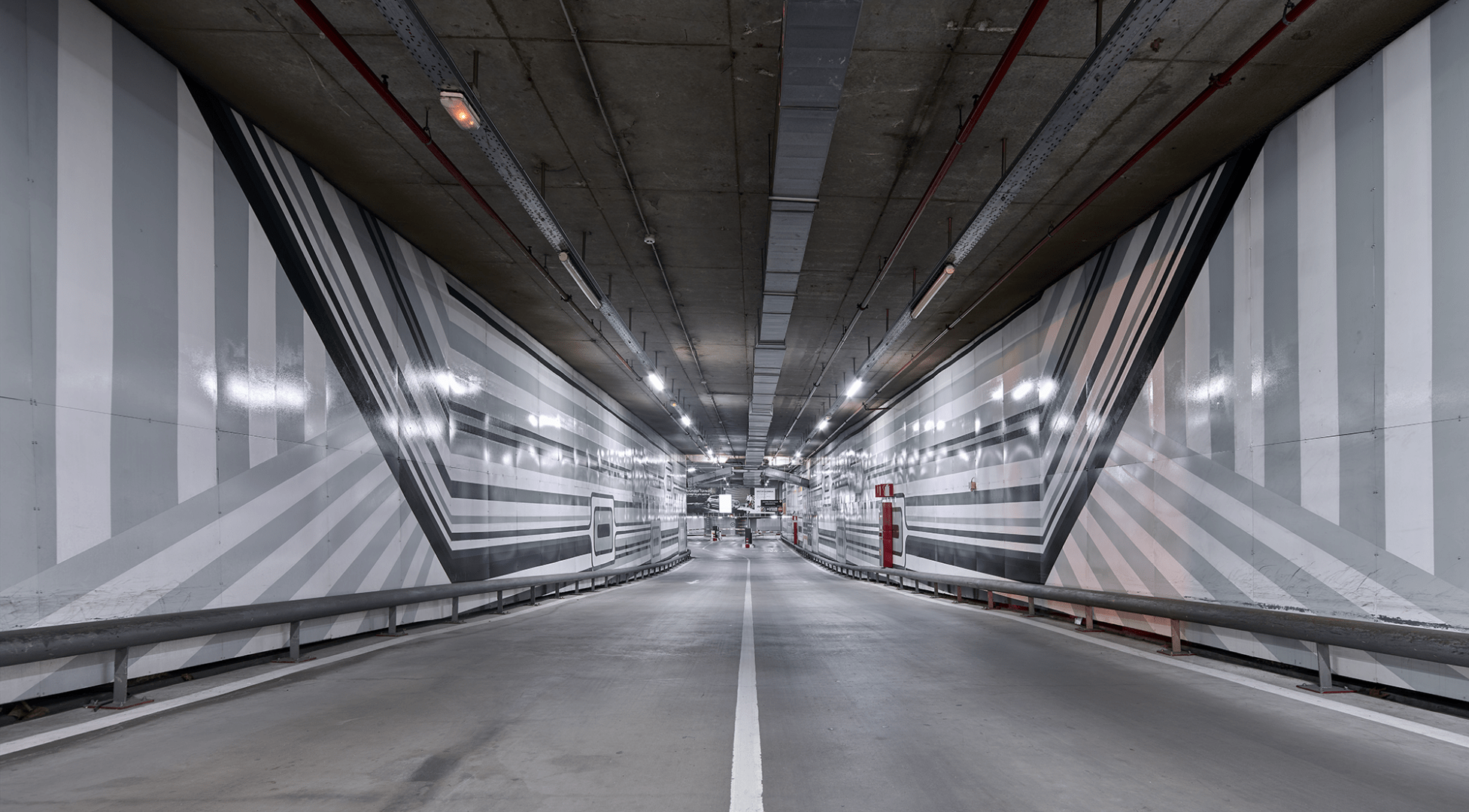
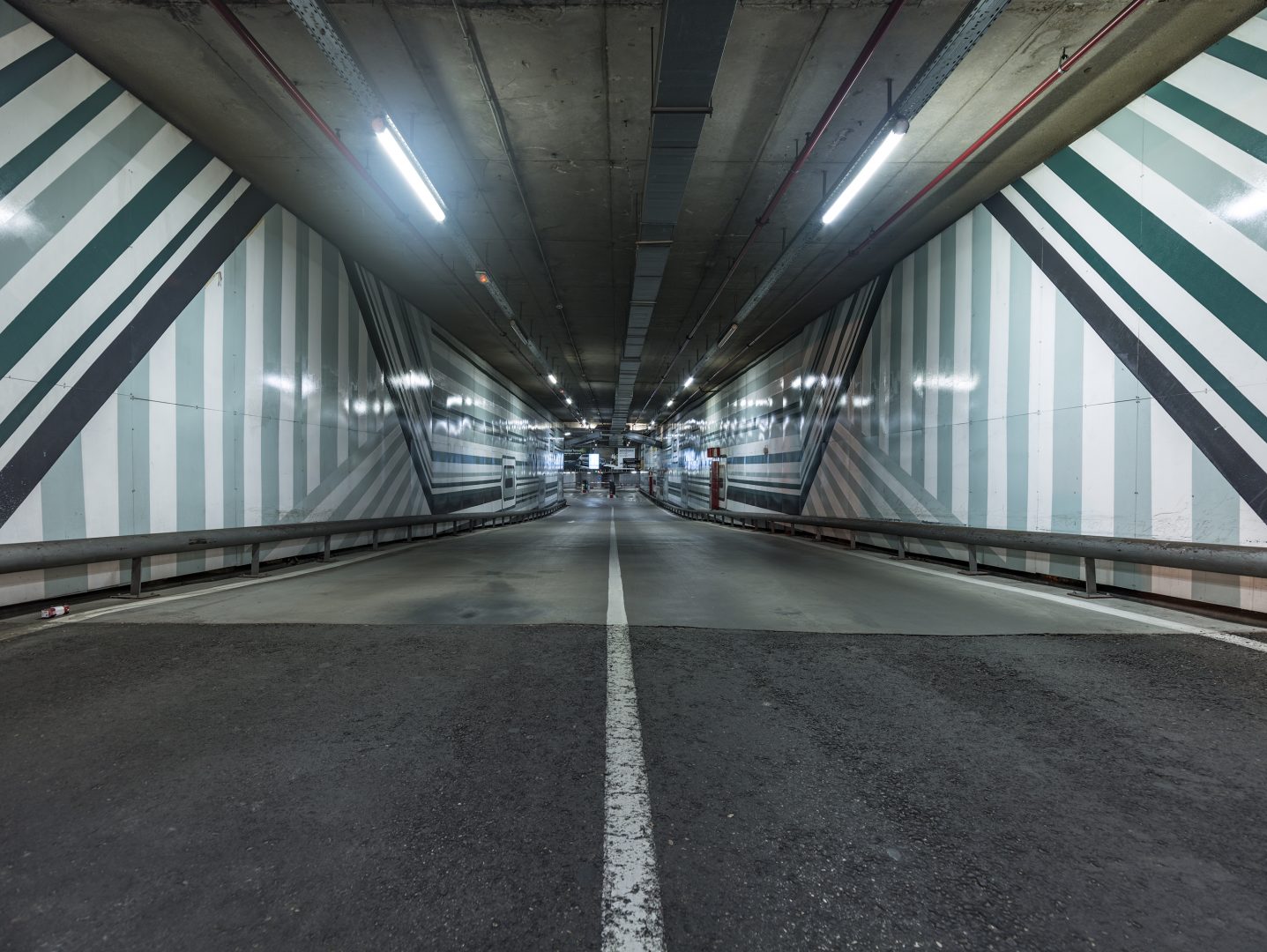
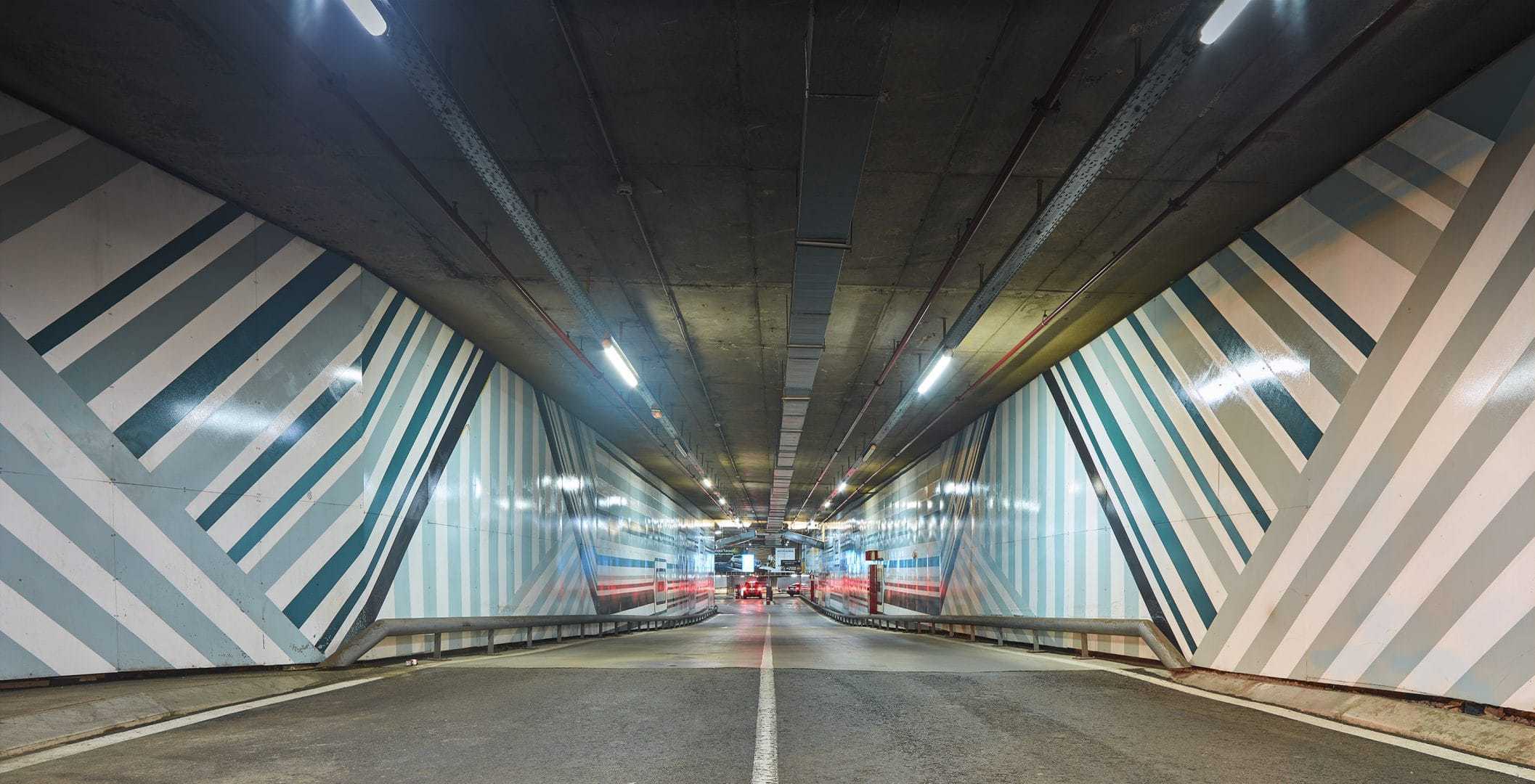
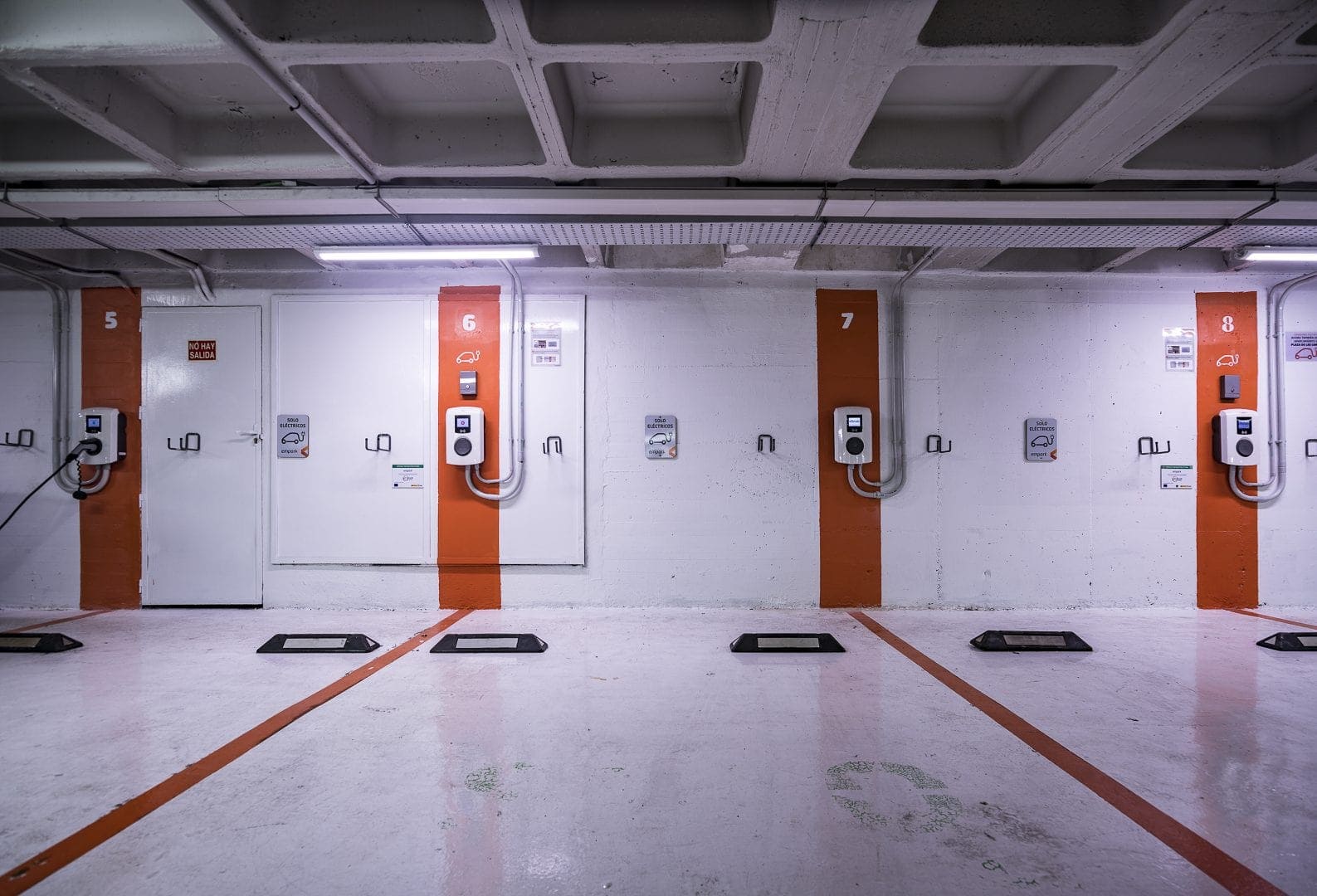
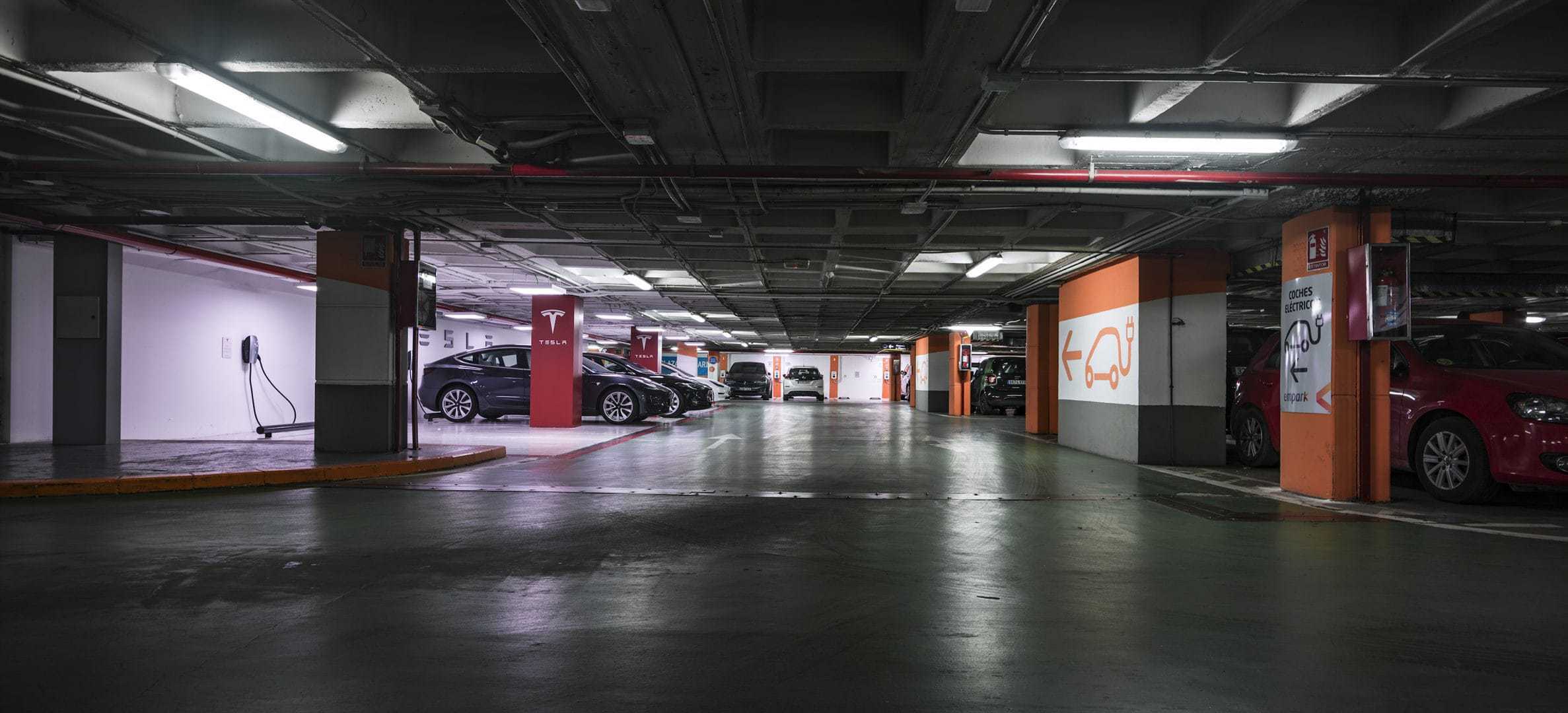

Serranopark is no ordinary parking lot. It features license plate recognition and guidance systems, centralized facility monitoring, charging stations for electric cars, ViaT and online payment, and antennas that extend 3G mobile coverage to every floor. It is one of the most tech-savvy and comfortable parking options in the city. Today, that city spreads across hundreds of square kilometers that were once only occupied by the roads leading to the Puerta de Alcalá.
Spain
- Lorem ipsum
Always a Fiesta
Madrid, Spain
Beti-JaiBasque pelota is an ancient sport. The rules are simple, but mastering the game is no easy task. During matches, the ball and players share the limelight on the fronton court.
. Rubber and leather smash against this fronton wall time and time again before bouncing back into the game, awaiting a blow sending them back against the wall.
But frontons can have many more uses than just being hit by a ball. At least, that’s what the history of the Beti Jai fronton court tells us. This historic building is tucked away in the streets of Madrid. It was rescued from oblivion through renovations by Ferrovial.
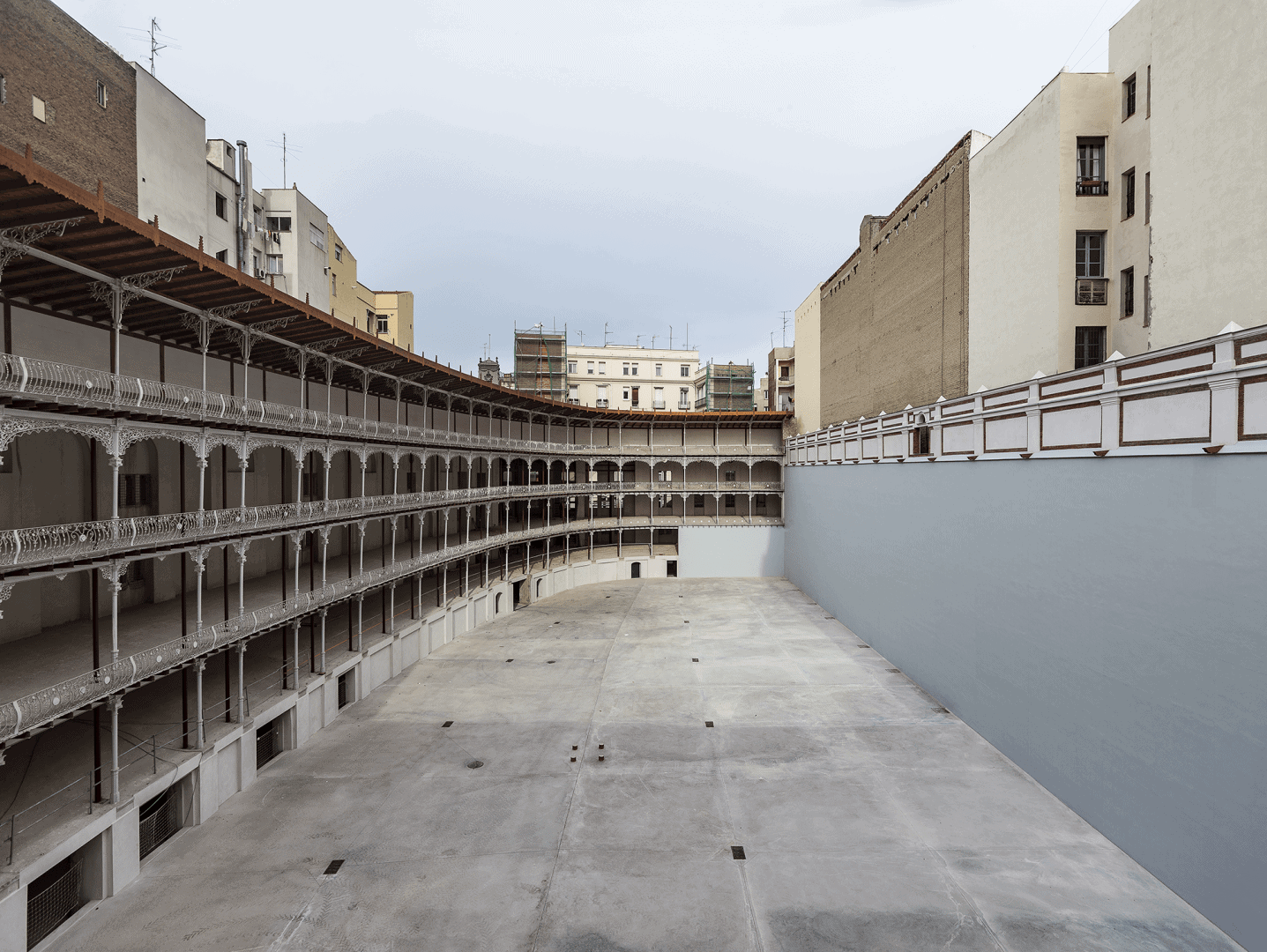
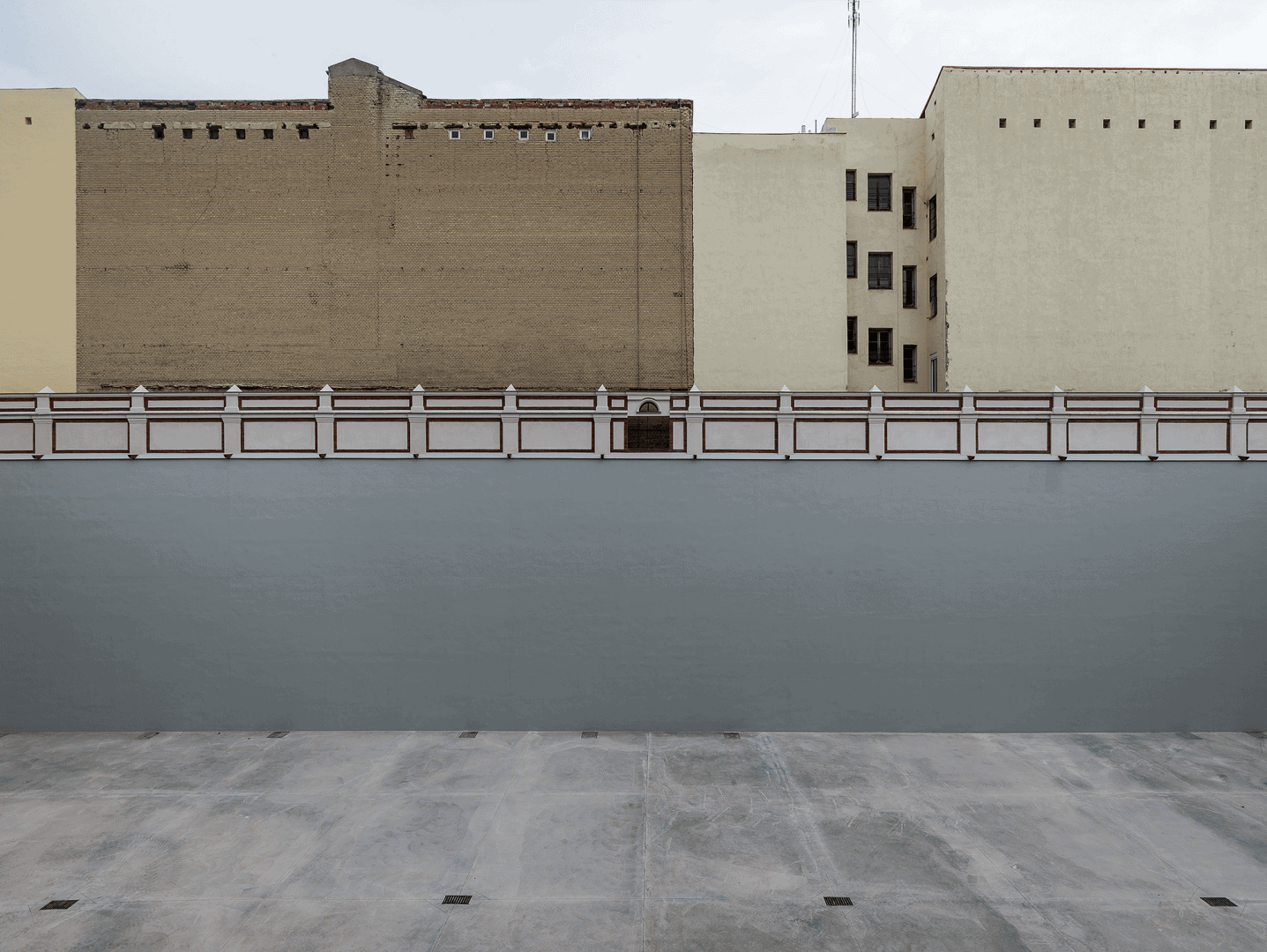
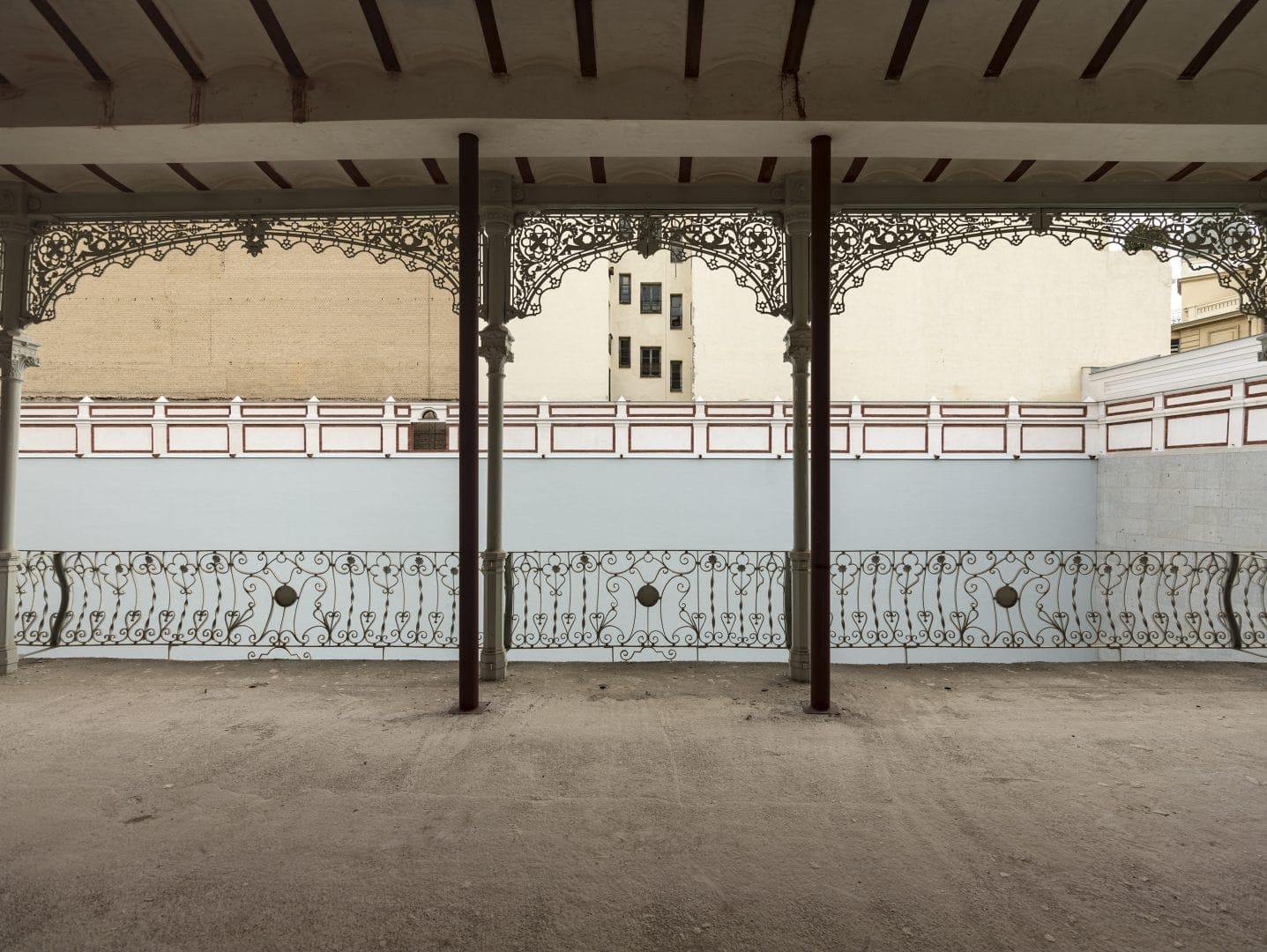
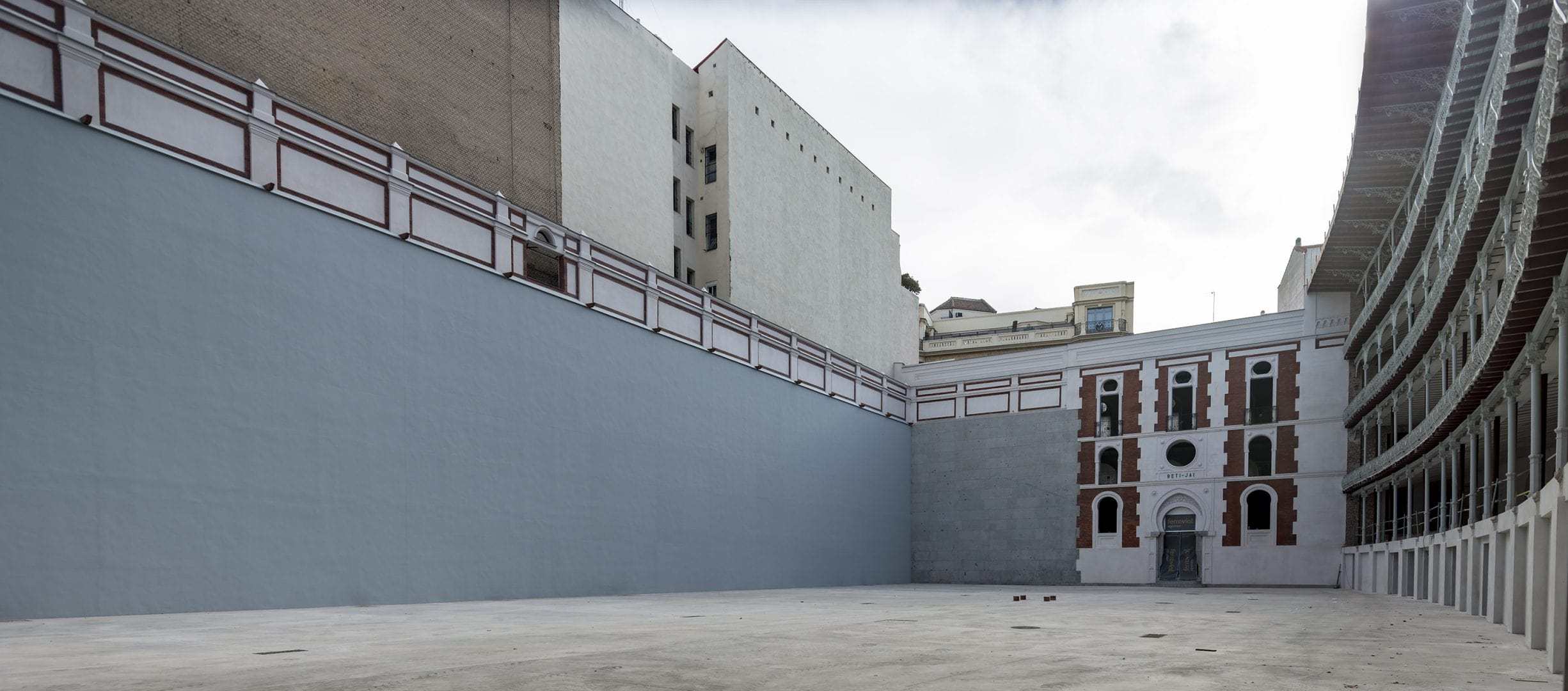
Construction on the Beti Jai began in 1893, and it was used as a pelota court until 1918. Its court saw the best players in the city. But even back then, Leonardo López Quevedo, an engineer obsessed with airships, used the court for aeronautical tests.
Later, little by little, the building fell into disuse. The Spanish Civil War saw it used as a police station. It would later be a rehearsal space for bands, a repair shop for automobiles, a prison, and a workshop for plaster and cardboard items.
By the end of the twentieth century, it was in a state of disrepair, yet its structures and the balcony platforms still intimated the grandeur of another time. Finally, in 2016, came the time for its renovation. The first step was to reinforce the structure and remove the parts where collapse was imminent. Afterward, the outer facade was restored, with its original composition, aesthetics, and finish kept intact. The existing remains were recovered, including coats of arms, protective coverings, pilasters, and the banister.
A Bakery With Two Spires
Madrid, Spain
A quick stroll through the history of the Casa de la PanaderiaWhere the roads from Toledo and Atocha once crossed at the outskirts of the town was once the site of Madrid’s main market. That is where our story begins, a story of three fires and several reconstructions up to today.
The history of Madrid’s Plaza Mayor and its most iconic building, the first and only one not to have the red walls typical of the place.
When the time came to transform the Plaza del Arrabal, architects began designing a new building that would house the Tahona General de la Villa, the town’s main flour mill and bakery. In 1590, the first stones of the Casa de la Panadería were laid. It had an arcaded ground floor and angular towers at the corners. These still stand today, right in the center of the Plaza Mayor’s north face in Madrid.
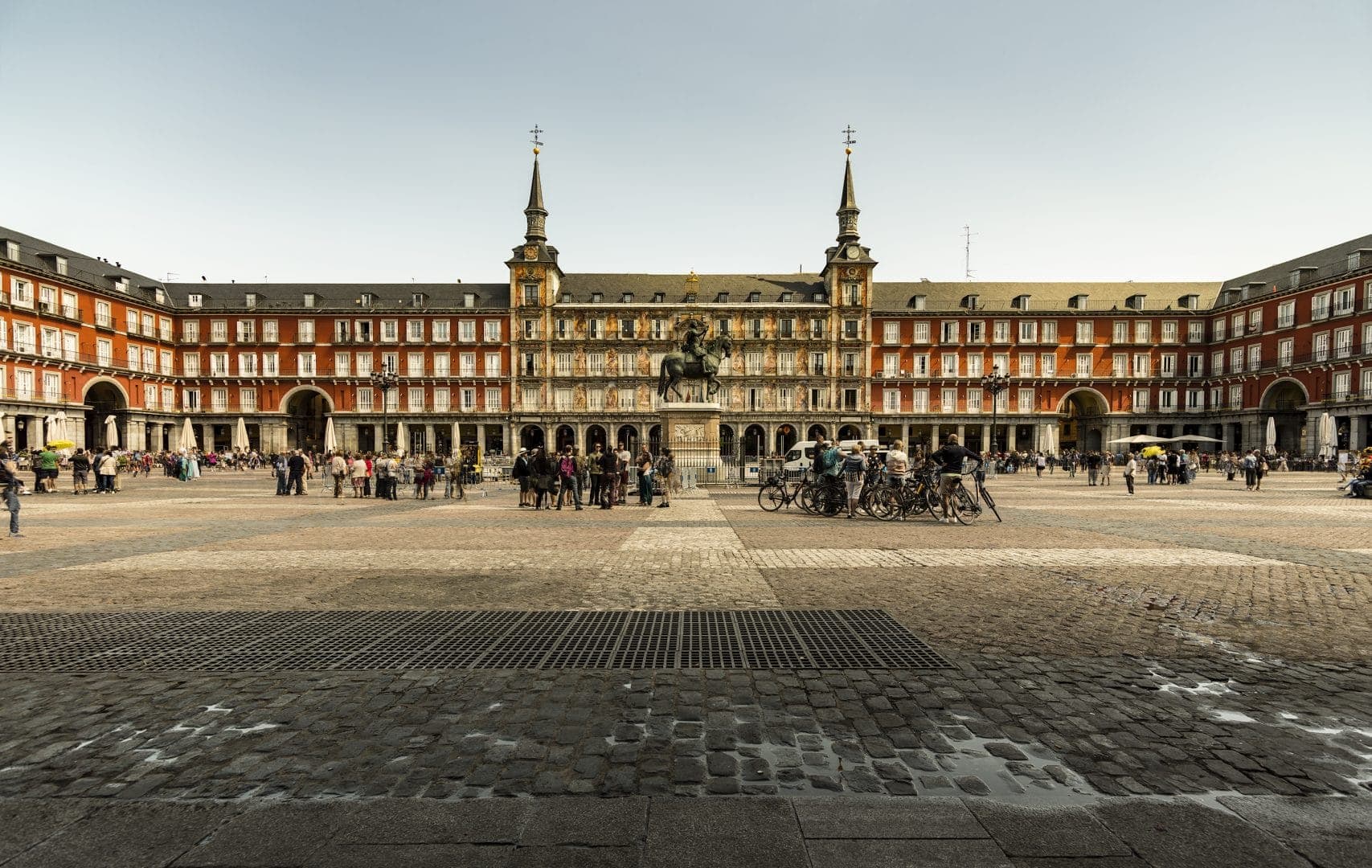

The iconic square has survived three major fires throughout its history. After the first two in 1631 and 1670, the Casa de la Panadería had to be rebuilt. It was rescued from the flames the last time in 1790. Even so, the building has had to be restored multiple times over the centuries.
The last restoration in 2017 was done by Ferrovial. The building was renovated from head to toe and from outside in. All the slate tiles of the roof were replaced. Files, ridges, and dormers were repaired. The tops of the two spires were restored, and the iconic Sala de Bóvedas, the vaulted hall, and the square’s arcades were repaired.
In its 400 years, it has had almost as many reforms and restorations as it has uses. The house intended to be used as a bakery also ended up being the headquarters of the San Fernando Royal Academy of Fine Arts, the Royal Academy of History, and Madrid’s City Council. It was then a municipal library and an archive. Today, it is the Spanish capital’s main tourist center. This symbol of the city shines as it always has.
